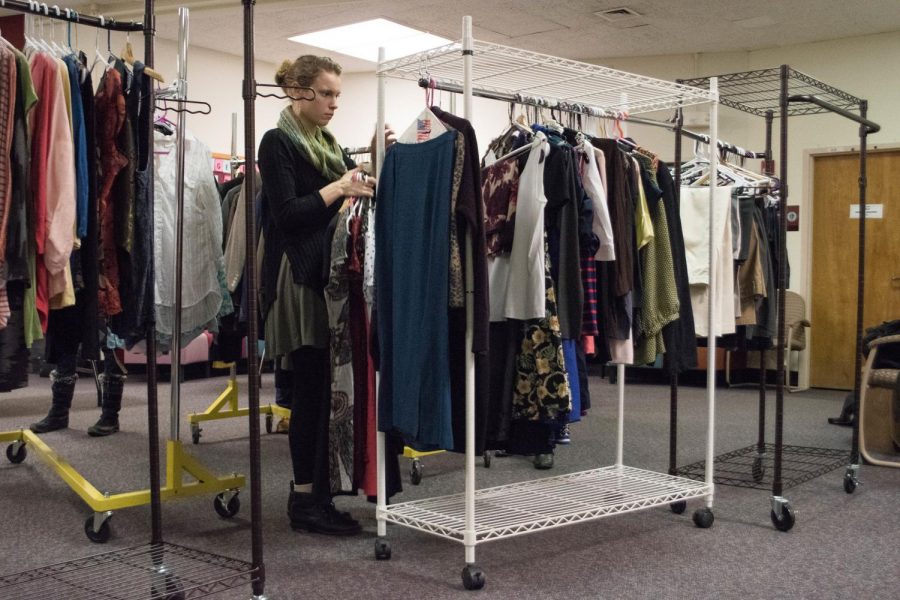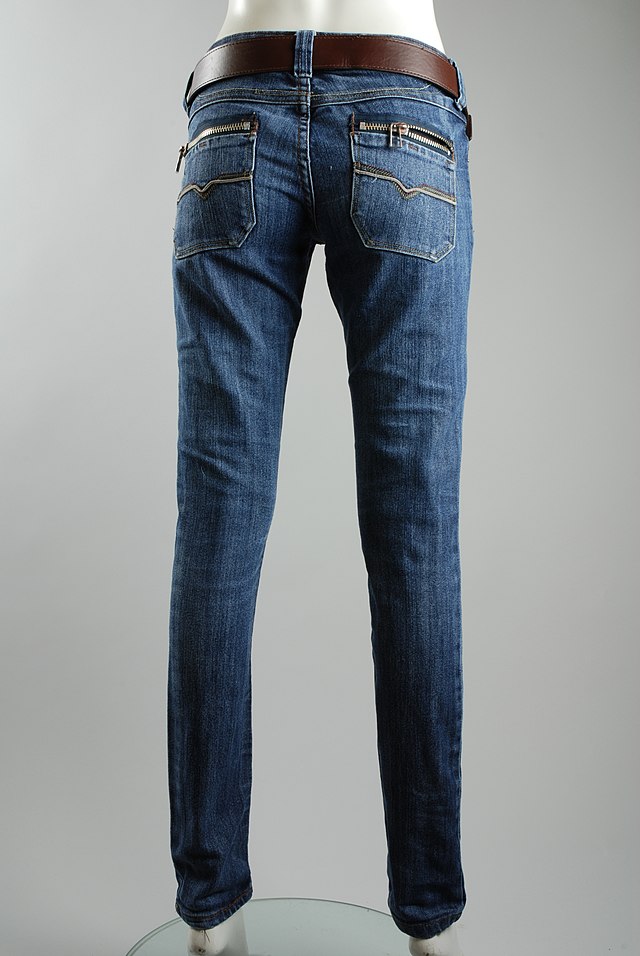Being on top of the latest fashion trend is difficult in the modern age, as fads and trends fade in and out of style as quickly as weeks or even months later. Walk through a local mall and you will find multiple stores with bright red “SALE” signs, urging you to buy their pieces for prices as low as $5. Much of today’s fashion is made with the intention of capitalizing on these short-lived trends, and because of that, they need to be made quick and cheap to overturn any profit. To achieve this, companies employ cheap sweatshop labor, primarily from Southeast Asian countries and inexpensive synthetically textiles made from fossil fuels. This concept, termed “fast fashion”, is not only unethical due to the inhumane conditions it puts its workers through, but also harmful to the environment as about 85 percent of the US’s textile waste ends up in landfills or is incinerated, releasing fossil fuels in the air.
But, there are multiple ways that individuals can be more sustainable in their fashion purchases. As information about the harm of fast fashion is becoming more widespread, sustainable fashion and practices have become increasingly relevant. A term that has been circulating in the fashion industry for a while and recently regained prominence is that of a “capsule wardrobe.” The term, coined by Susie Faux, the owner of a London boutique in the 1970s, describes a collection of long lasting, timeless and versatile pieces, lending themselves to multiple different outfits for any occasion. The definition of a capsule wardrobe has evolved slightly over the years, but at its core the idea of sustainability and “less is better” remains.
For example, some people believe in a set number of pieces for a capsule wardrobe usually ranging from 30-40 items. But there is no rigid rule by definition. Each person can customize their capsule wardrobe to their preferences, but it’s important to keep in mind that the concept is at its core is about minimalism and utilizing each piece of clothing in interchangeable ways. With that idea in mind, the capsule wardrobe also encourages the investment of staple items, such as jeans or t-shirts that one can easily coordinate. Of course, you are not limited to the same 30 or so pieces for every season, as the seasons change and different items become necessary. Many have a seasonal set of pieces that they bring out of storage to replace out of season clothes.
Fashion blogger Caroline Rector of Un-fancy has utilized a capsule wardrobe since 2014 and her blog offers tips and advice on how to curb unhealthy shopping habits as well as how to keep your closet purposeful. For those who want to begin building a capsule wardrobe and need a more structured definition, Rector provides a beginner’s guide on how to get started.
Rector utilizes a more structured capsule wardrobe in her guide, limiting her wardrobe to 37 pieces for each three-month season. To begin, she recommends slimming down your closet to the 37 pieces you love the most and wear on a regular basis. The other rules also help to curb excessive or compulsive shopping habits, as no shopping is allowed for each three month season. It is only within the last week of the season that you should be buying a couple of pieces for the upcoming new season.
When buying new pieces for the season or those which are simply worn out, it is important to invest in quality and versatile pieces that will last. These items will be worn many times. To prevent them from wearing too soon, it’s recommended to buy clothing of higher quality, which may mean spending a little more. If you can, try to spend a little more in order to invest in ethical brands that do not utilize sweatshop labor and use eco-friendly fabrics. Some ethical brands that are transparent with their sustainable practices are Reformation, People Tree and PACT. Almost all of the clothing from these brands are made with organic or eco-friendly textiles that meet the Global Organic Textile Standard (GOTS) or are Fair Trade certified. They work to make sure their suppliers follow the company’s code of conduct with regular auditing. Ethical clothing is undoubtedly pricier than your local strip mall’s fast fashion pieces, but they usually are of higher quality, leading to them lasting longer and lending themselves well to a capsule wardrobe.
At first glance, the idea of a capsule wardrobe may seem too limiting, but to go through it and build one yourself is to experience the benefits from it. If you have ever run into the issue of having a full closet but nothing to wear, a capsule wardrobe cuts out all the clutter and allows you to mix and match staples and pieces that you love, together, allowing for more clarity in the morning and less time spent on deciding on what to wear. By forcing yourself to have a modest palette, you can be more creative with the clothes you do have and create new outfits that you never would have imagined otherwise. With less shopping and choosing to invest in pieces that last, there is a monetary incentive, as you will undoubtedly save money over time. Not only does a capsule wardrobe allow for greater ease of mind and pocket, but it also aids the environment and stifles further contributions to the fast fashion companies who employ sweatshop labor to fill what they believe is a demand for quick, trendy clothes. One individual building a capsule wardrobe will not change much in the long scheme of saving the environment. But hopefully as knowledge about the dangers of fast fashion grows, and the more people take on sustainable practices, the current fashion industry can be disrupted to pave way for a new, ethical business model.
Ashley Tsang can be reached at [email protected].





















Lori Wyman • Sep 11, 2019 at 9:12 am
Thank you Ashley for promoting the Global Organic Textile Standard (GOTS)! We have a public directory on our web site for finding GOTS certified products or services, here is a link: http://www.global-standard.org/public-database.html. You may search by item, service, or region. You can also use the directory to verify that a company is indeed GOTS certified. Just put the company name or the certification number listed on the label into the “Free Text” field. Please keep in mind that retailers are exempt from the requirement to be certified. They are allowed to sell products bearing the GOTS certification number of the last step of the manufacturing process.
In the case of further questions please do not hesitate to contact me,
Lori Wyman